Explore inside money printing plants of countries around the world
In countries like the US, China or Russia, every money printing process is strictly controlled and quality assured.
BEP - US Bureau of Engraving and Printing is a national money printer, responsible for designing and printing all US banknotes, located on Road 14 and Road C, southwest of Washington, DC US money-printing factories are usually open to visitors, not as secure as in many countries.
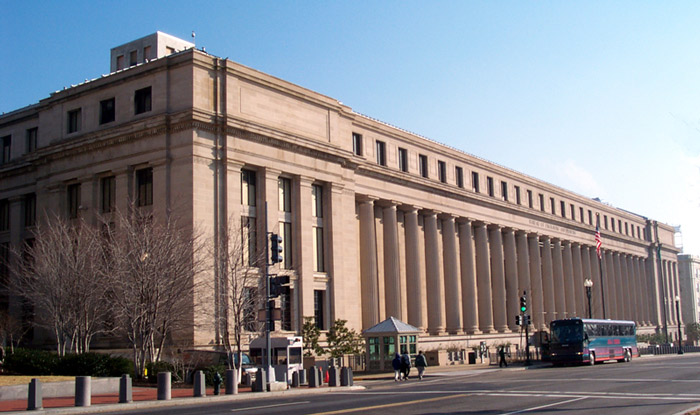
(Photo: Washington, DC).
The BEP factory started money printing activities more than 150 years ago. It is estimated that BEP prints $ 500 million a day.
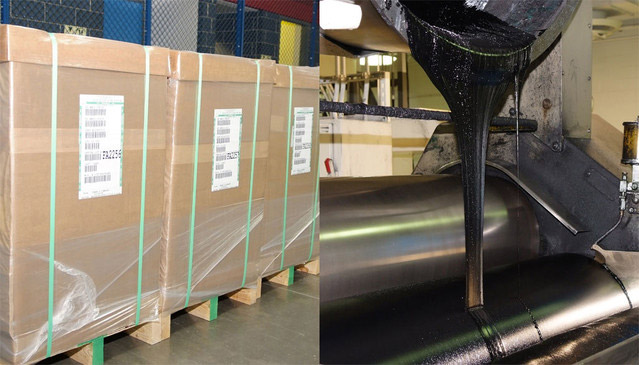
The printing of American money is completely different from design to ink and paper.

(Photo: Moneyfactory).
The dollar looks and feels differently because of the composition of printed paper including 75 percent cotton and 25 percent linen.
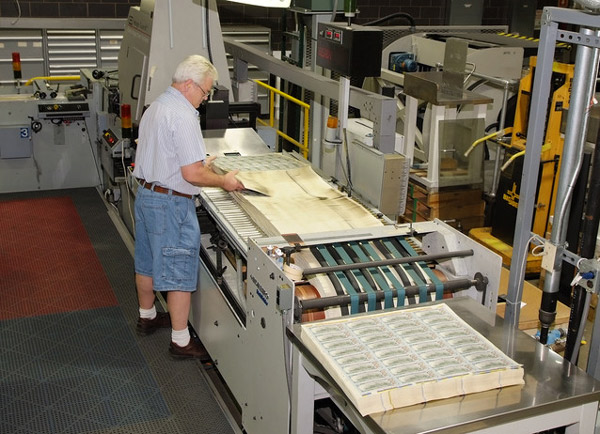
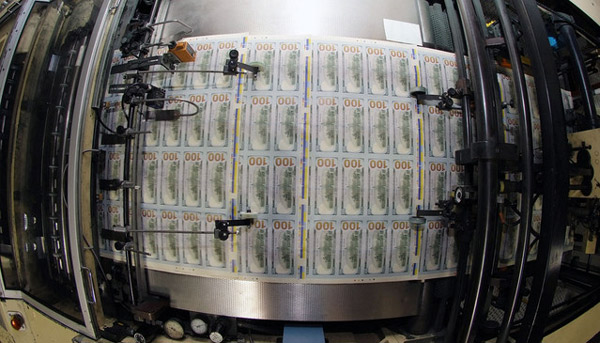
(Photo: Moneyfactory).
The back of the notes will be printed first.
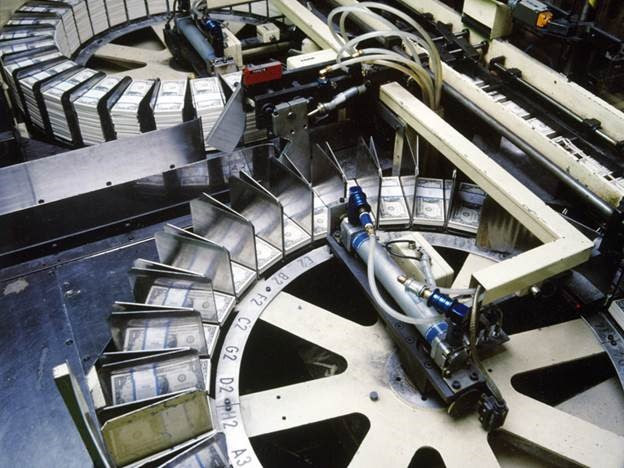
(Photo: Washington, DC).
After the back is finished printing, the technician starts checking for errors.
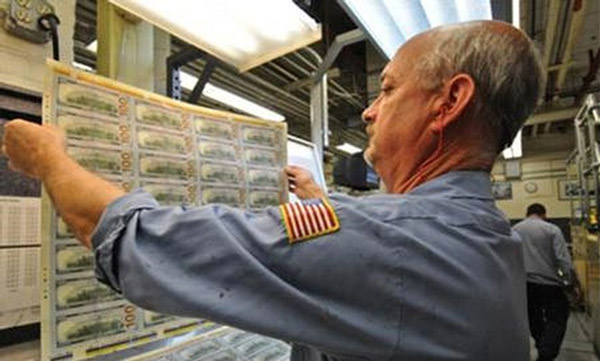
(Photo: Moneyfactory).
The notes are then left dry for 3 days before being printed on the front.
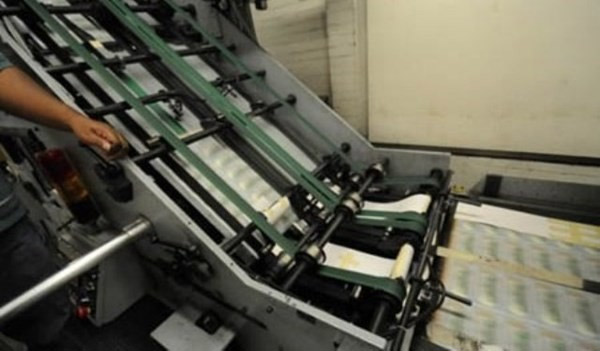
(Photo: Moneyfactory).
Chengdu Money Printing Factory, a member of China National Money Printing and Printing Group, is located in Sichuan Province.
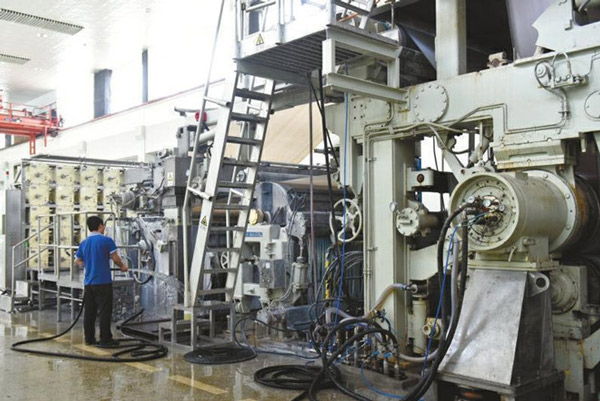
(Photo: West China Metropolis Daily).
China's yuan production process goes through 10 steps. The first stage is to choose paper.
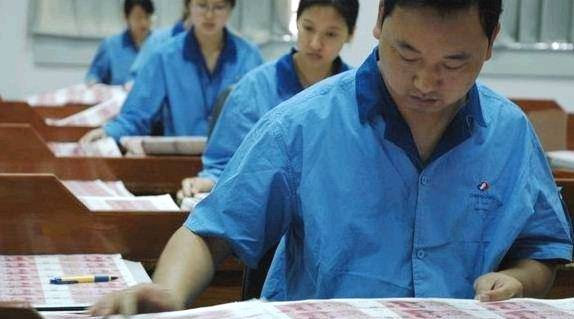
(Photo: Gizmochina).
The main ingredient of paper to print Chinese money is cotton.
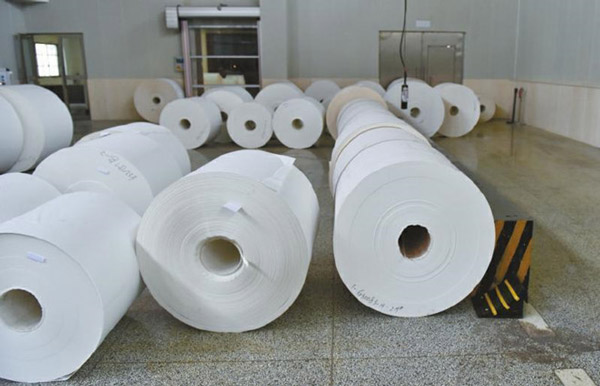
(Photo: West China Metropolis Daily).
Workers check the quality of money printing paper before being sent to the machine to print money.
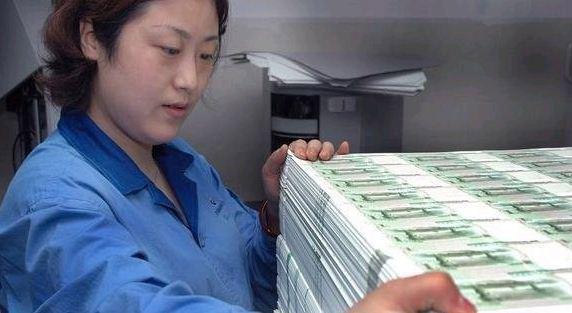
(Photo: Gizmochina).
After successful printing, money will have to go through a quality inspection.
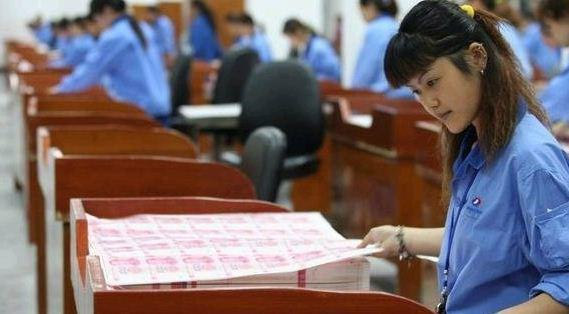
(Photo: Gizmochina).
In Russia, the special agency undertook the task of printing the country's banknotes and coins as Perm's factory (Goznak).
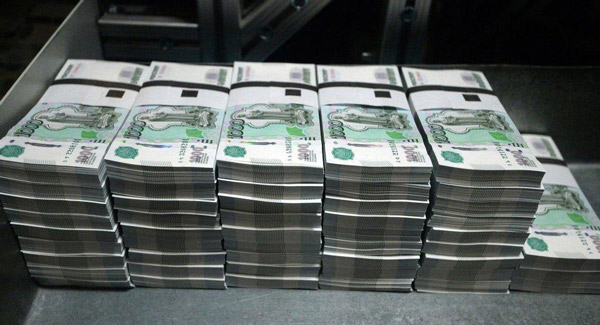
(Photo: sputniknews).
Blank sheets of paper that are used to print money are specially formulated.
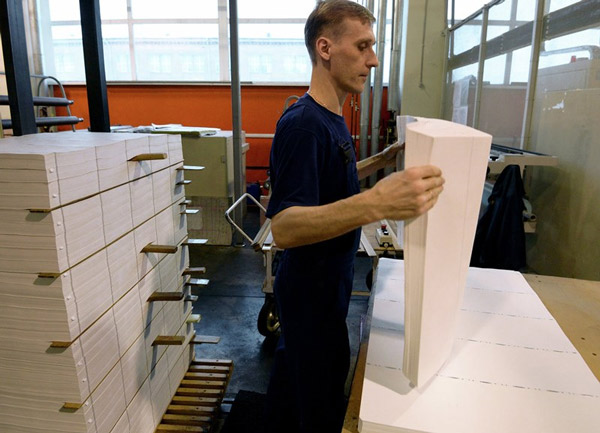
(Photo: Sputniknews).
The factory staff will check the quality carefully after each stage.
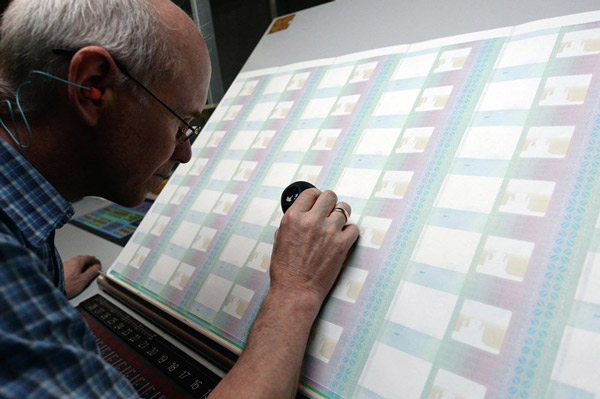
(Photo: Sputniknews).
Money is printed on large paper sizes, then transferred to a cutting machine to become a standard banknote.
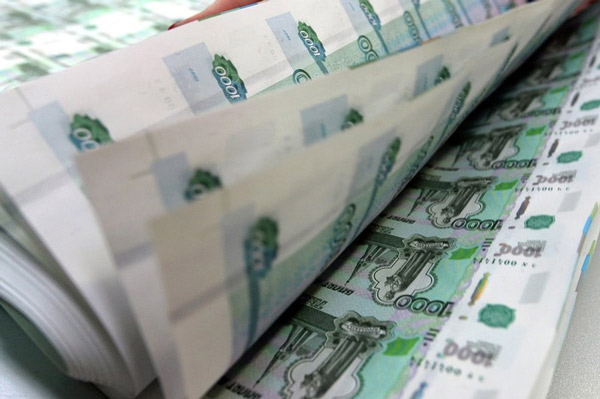
(Photo: Sputniknews).
- Discover inside the planet's largest yacht, it can serve nearly 7,000 passengers
- Discover Russia's largest helicopter Mi-26, carrying both mammoth fossils
You should read it
- Some tips for printing text in MS Word
- New 3D printing techniques especially for stainless steel materials
- 3D printing technology - 'angel' of unhappy lives
- Instructions on how to print 2 sides in excel word
- How to enable two-sided printing on Windows
- How to use ChatGPT for 3D printing
- How to print multiple PowerPoint slides on just one page
- Summary of printer errors and how to fix them
May be interested
- The world's largest 3D printing neighborhood is nearing completion
 icon's vulcan printer in georgetown, texas is nearing completion of 100 homes in the wolf ranch community, creating the largest 3d printing neighborhood in the world.
icon's vulcan printer in georgetown, texas is nearing completion of 100 homes in the wolf ranch community, creating the largest 3d printing neighborhood in the world. - Plants feel pain when they are eaten and have a defense mechanism against it
 don't think plants are inanimate, they have intelligence. scientists have discovered that vegetables and plants sense when they are eaten by enemies and of course they do not like this.
don't think plants are inanimate, they have intelligence. scientists have discovered that vegetables and plants sense when they are eaten by enemies and of course they do not like this. - Discover the nicknames of countries around the world
 where do the nicknames of countries around the world come from? let's find out together the nicknames of countries around the world!
where do the nicknames of countries around the world come from? let's find out together the nicknames of countries around the world! - 20 amazing discoveries about countries around the world
 currently there are 236 countries and territories in the world. read the article below to discover interesting features of countries around the world: the lowest country in the world, the most time-consuming country, which country has the most lakes ...
currently there are 236 countries and territories in the world. read the article below to discover interesting features of countries around the world: the lowest country in the world, the most time-consuming country, which country has the most lakes ... - 12 types of ornamental plants clean the indoor air
 some ornamental plants not only help decorate your house but also absorb chemicals that pollute the air to bring a healthy living space to your family.
some ornamental plants not only help decorate your house but also absorb chemicals that pollute the air to bring a healthy living space to your family. - What is a hot and cold water plant without a vase? How much?
 normally to use hot and cold water plants we have to equip with more water bottles. however, in order to meet the modern life, the manufacturers have produced hot and cold water plants that do not use pots. so what is a hot and cold water plant without a vase? let's explore their features through this article!
normally to use hot and cold water plants we have to equip with more water bottles. however, in order to meet the modern life, the manufacturers have produced hot and cold water plants that do not use pots. so what is a hot and cold water plant without a vase? let's explore their features through this article! - 3D printed bus shelters were put into service first in the world
 winsun construction has revealed the world's first 3d printed bus stop.
winsun construction has revealed the world's first 3d printed bus stop. - Butcher Broom - The exotic fruit tree grows from leaves
 butcher broom is probably one of the most exotic plants in the world. unlike other ordinary plants, their tiny berries are sprouted in the middle of the leaf's face.
butcher broom is probably one of the most exotic plants in the world. unlike other ordinary plants, their tiny berries are sprouted in the middle of the leaf's face. - The top 20 most dangerous countries in the world are not for tourists
 join us to learn about the top 20 most dangerous countries in the world not for tourists in the article below!
join us to learn about the top 20 most dangerous countries in the world not for tourists in the article below! - 10 exotic tree species hold the world record
 these exotic plants possess interesting features such as height, longevity or fastest growing ability recorded in the guinness book of world records.
these exotic plants possess interesting features such as height, longevity or fastest growing ability recorded in the guinness book of world records.










 It is ridiculous to see the images look over, but they are 100% not editable
It is ridiculous to see the images look over, but they are 100% not editable The rare set of ultra-small apartments is likened to 'coffins' in Hong Kong
The rare set of ultra-small apartments is likened to 'coffins' in Hong Kong Round the eyes watching the very impressive 3D paintings from the talented painter
Round the eyes watching the very impressive 3D paintings from the talented painter Looking at these photos, you will no longer believe your eyes!
Looking at these photos, you will no longer believe your eyes! Good group names and meanings
Good group names and meanings Combining fun and funny quizzes with answers
Combining fun and funny quizzes with answers